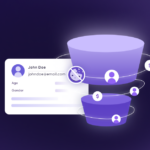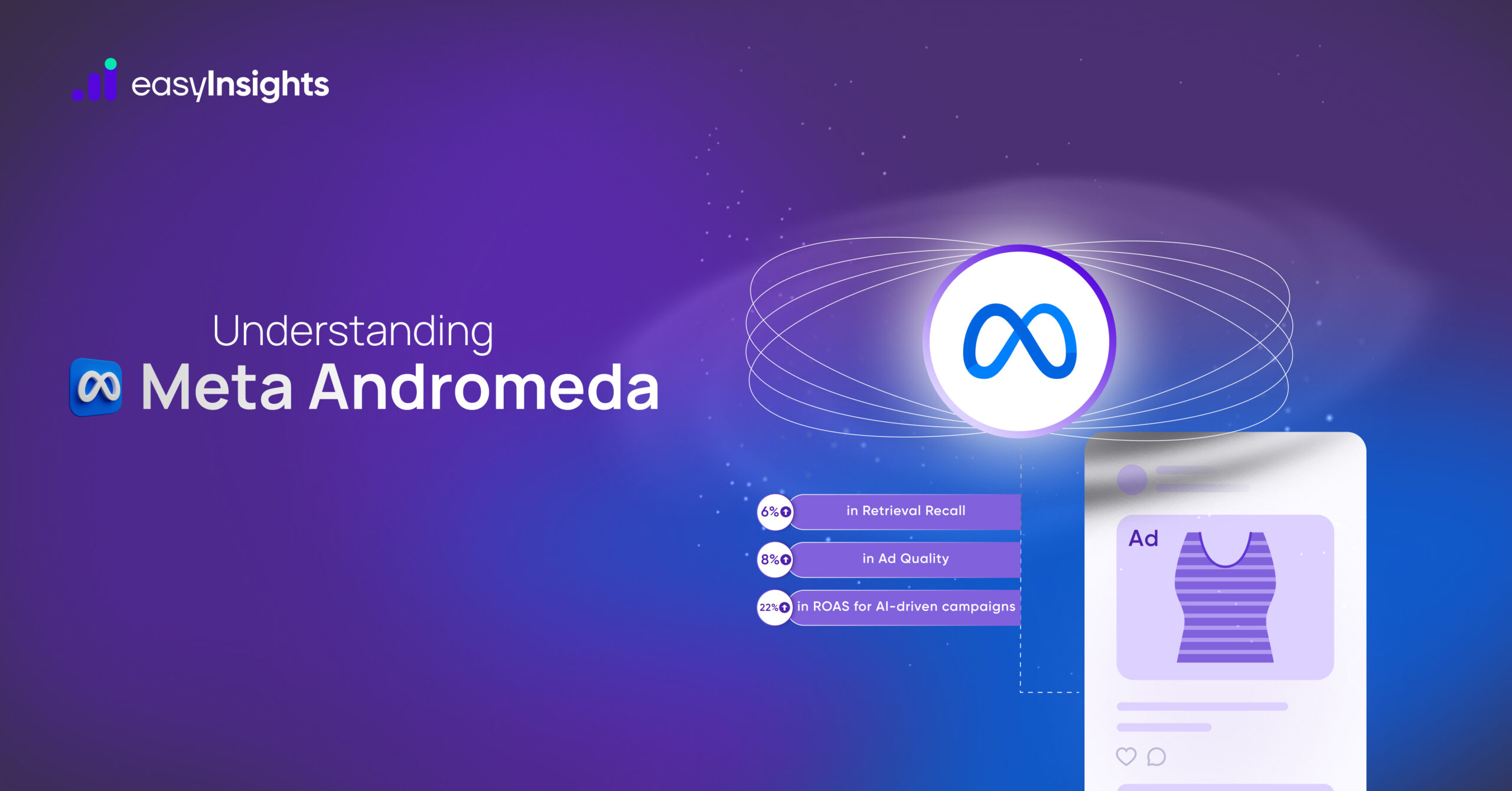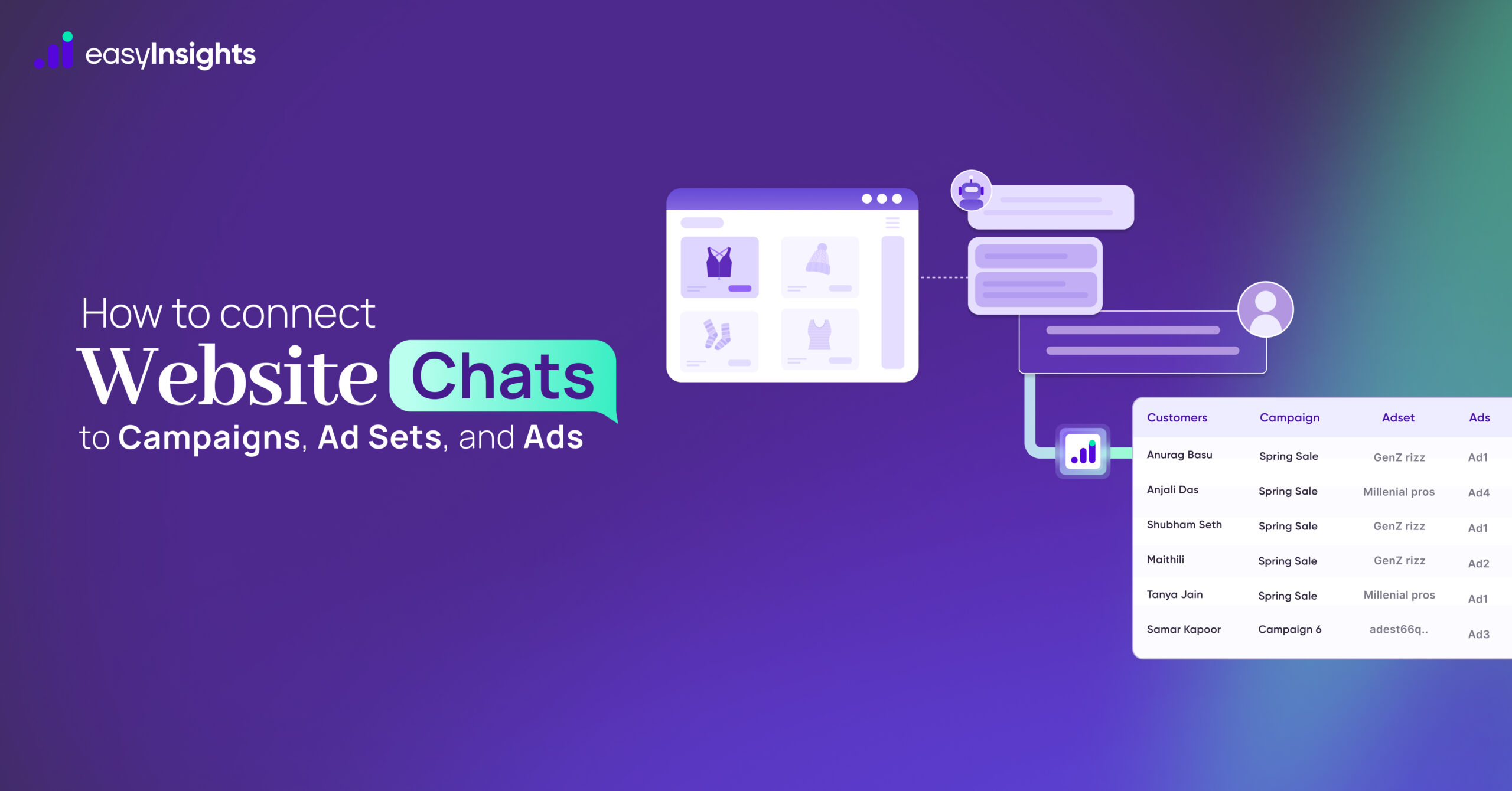
Third-party cookies have long been the backbone of digital marketing, enabling advertisers to track users across websites, deliver personalized ads, and measure campaign success. However, growing privacy concerns, new regulations, and major browser changes are bringing an end to third-party cookies. This shift is forcing marketers to rethink how they collect data, target audiences, and measure results – fundamentally changing the digital marketing landscape. In this blog, we’ll explore why third-party cookies are disappearing and what it means for the future of marketing.
Jump ahead to:
What Are Cookies?
Cookies are small text files stored on a user’s web browser when they visit a website. They help websites remember information about the user, such as login details, preferences, or items in a shopping cart. Cookies make browsing smoother and more personalized.
There are two main types of cookies:
- First-party cookies: Created by the website you’re visiting. They help improve your experience on that site, like keeping you logged in or saving language preferences.
- Third-party cookies: Set by external websites or advertisers, not the site you’re visiting. These cookies track your activity across multiple websites to help deliver targeted ads and gather data about your browsing habits.

How Marketers Used Third-Party Cookies
Third-party cookies have been essential for several key marketing tactics:
- Behavioral Targeting: Cookies track users’ browsing across websites, allowing marketers to deliver personalized ads based on their interests. For example, if someone looks at running shoes on one site, they might see related ads on others.
- Retargeting: If a user visits a website but doesn’t buy anything, cookies enable advertisers to show ads to that user later on other sites, encouraging them to return and complete their purchase.
- Attribution: Cookies help marketers track the customer journey across multiple channels, showing which ads and touchpoints led to a sale. This helps optimize marketing spend and strategy.
With third-party cookies being phased out, marketers will find these tactics much harder to execute, creating disruption across digital advertising.
Why Are Third-Party Cookies Going Away?
Privacy Concerns – Consumers are increasingly aware – and wary – of how their data is being collected and used. High-profile scandals and growing distrust have pushed privacy to the forefront.
Regulatory Pressure – Global regulations like the General Data Protection Regulation (GDPR) in Europe and the California Consumer Privacy Act (CCPA) in the U.S. have tightened the rules around data collection and usage.
Browser Actions
Tech giants are responding:
- Apple’s Safari and Mozilla Firefox already block third-party cookies by default.
- Google Chrome, which holds over 60% of the browser market, plans to phase out third-party cookies by 2025, replacing them with privacy-focused alternatives like the Privacy Sandbox.

How Will the Phasing Out of the Third Party Cookie Impact Digital Marketing?
Removal of third party cookies from web browsers brings multiple challenges for marketers, which include:
- Poor Personalization and Targeting
You can no longer track users outside of your own domain. This limits your ability to collect comprehensive behavioral data about users, such as how they engage with other sites or what products they look for. Therefore, you’ll have a hard time segmenting your audiences and designing personalized marketing initiatives that resonate with them.
- Difficulty in Ad Measurement and Attribution
Third party cookie have been crucial in attributing sales and conversions to specific ad campaigns. Without them, tracking the customer journey across different channels will be difficult. The inability to measure the actual performance of your campaigns could result in ineffective targeting and budget allocation. As a result, conversions and your ROAS may take a significant hit.
- Issues with Retargeting
Retargeting ads, as you know, show ads to users based on their past interactions with a site. So, they depend heavily on third-party cookies to match campaigns with each individual’s past interactions. Third party cookies’ phase-out will affect your ability to deliver these ads to re-engage users after they’ve left your site.
- Inaccurate Reporting
Many analytics tools rely on third party cookies for various measurements and reporting. Without third party cookies, these tools cannot provide accurate reports about interests, demographics, and behavior. This loss of data granularity can lead to less precise insights, making it challenging to understand your audience and measure campaign performance.
What Are Some Alternatives to Third Party Cookies?
While you can’t use third party cookies to power your marketing efforts, that doesn’t change the fact that users are still on the Internet waiting to hear your best offer. So, you must change your approach and embrace these alternatives to understand your audience:
1. First-Party Cookies & First-Party Data – Collect First party data directly from your users when they interact with your website or app. This includes:
- On-site behavior (pages viewed, time spent, actions taken)
- Logged-in user activity
- Purchase history
2. Zero-Party Data – Zero-party data is that users voluntarily share with you – through forms, surveys, quizzes, or preference centers.
Benefits:
- Highly accurate
- Builds trust and transparency
- Helps personalize experiences even without tracking
You can use a data enrichment and activation tool like EasyInsights to collect all your customer data under one roof. Then, you can employ identity resolution measures to combine all your data and build customer 360 profiles that will inform your personalization and ad targeting efforts.
3. Server-Side Tracking
In server-side tracking, when a user interacts with a website, data is sent directly from your website’s server to the tracking server. So, you no longer need to store cookies on the browser to track visitors. Since you must manually place relevant tags to track events, you control what data is collected. You can track a wide range of site interactions, including page views, form submissions, and e-commerce transactions.
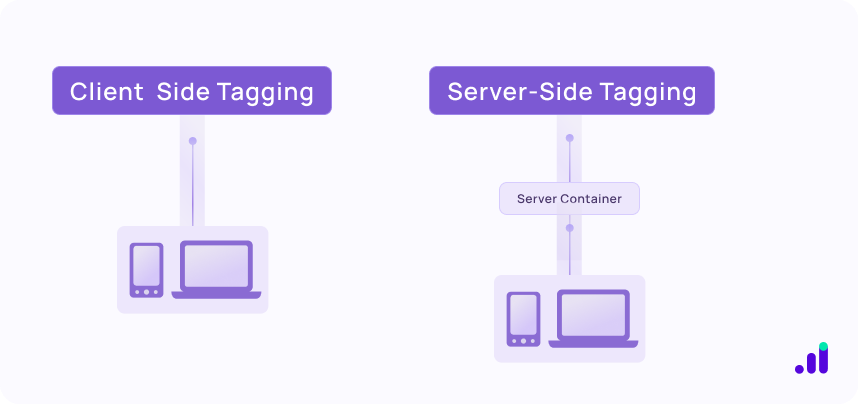
- Tracking Pixels
Tracking pixels are code snippets embedded on web pages that track user behavior when the page loads. They are an effective alternative to third party cookies because they are not stored on the user’s device. Instead, they are stored on a server. You can embed tracking pixels on your web pages, advertisements, and even email campaigns. This will help you better understand how users engage with your brand across these channels.
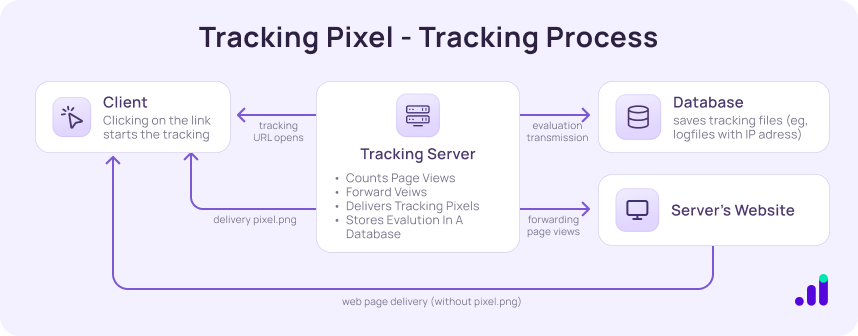
- Unified IDs
Another way to track users without third party cookies is to use universal or unified IDs. For this, you’ll need to use a unified ID solution, wherein users opt into the service and provide their emails, which are anonymized to create unique identifiers. You can use these identifiers to track users across different websites and devices without requiring third party cookies.
- Google’s Privacy Sandbox API
Google Privacy Sandbox is a group of APIs developed to protect people’s privacy online. At the same time, it gives companies tools to reach potential customers without having to track their behavior.
The Privacy Sandbox groups users with similar browsing patterns into cohorts. Thus, you don’t need to track individuals using third-party cookies. Instead, you can use these cohorts as target audiences for your ad campaigns.
Replace Third-Party Cookies with First-Party Data Using EasyInsights
As third-party cookies phase out, building a strong foundation of first-party data is no longer optional – it’s essential. First-party data is accurate, privacy-compliant, and completely owned by your brand. But collecting it is only half the battle. You also need a powerful platform to enrich, unify, and activate that data across your entire marketing stack.
That’s where EasyInsights comes in. EasyInsights is a data enrichment and activation platform that helps you transition away from third-party cookie tracking by enabling you to:
- Collect First-Party Data across your website, CRM, e-commerce platform, and ad tools
- Unify Data Sources into complete, privacy-compliant customer profiles (Customer 360)
- Enrich Incomplete Records using behavioral, demographic, and contextual data
- Segment Your Audience with laser precision based on intent, lifecycle stage, or behavior
- Activate Data Across Channels – including Meta, Google Ads, email platforms, and more
By replacing third-party cookies with first-party data powered by EasyInsights, you gain deeper visibility into your customer journey, create hyper-personalized campaigns, and maintain high ROAS – even in a cookieless future.
Book a demo today to see EasyInsights in action!
Additional read – First Party Data: The Answer to Third Party Cookie Loss



